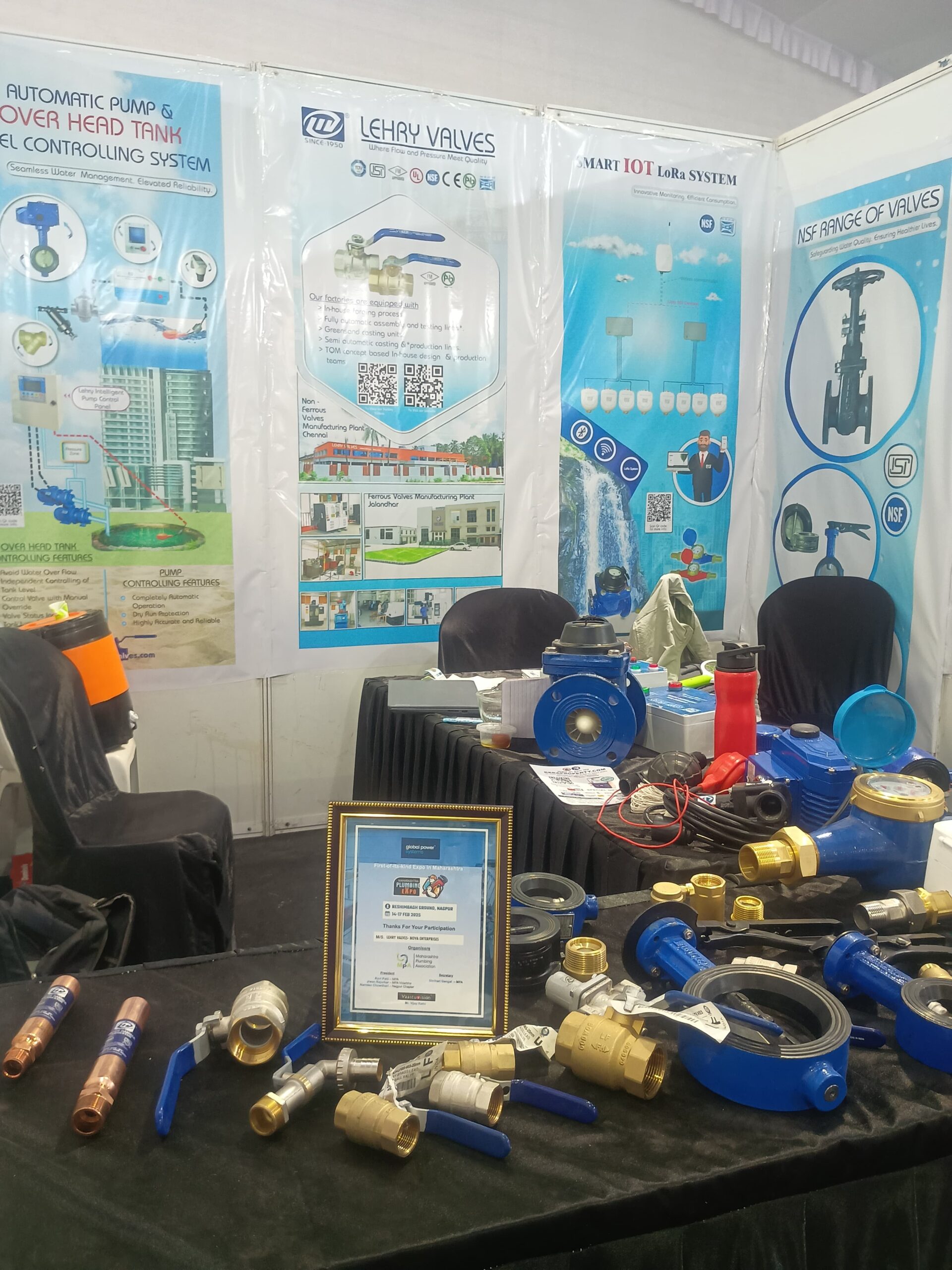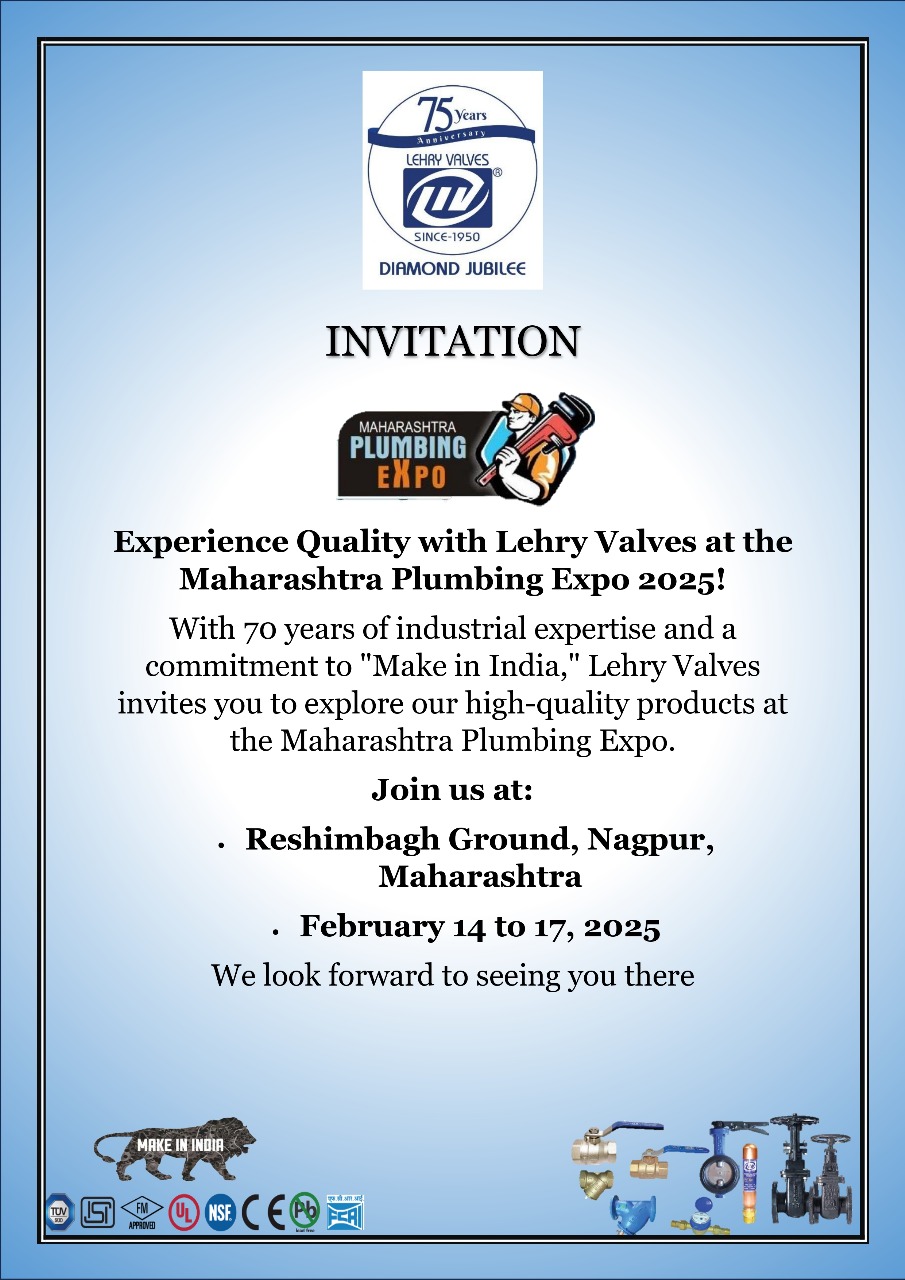
Automatic Tank & Pump Controlling system – Reinvention of the Wheel.
February 23, 2022
Water Hammering & Surge Arresters – A Case Study
October 15, 2022Case Study – Pressure Reducing Valves

Recently, we had the absolute pleasure of working with a prestigious client – Bangalore International Airport by supplying, installing and commissioning our Pilot Operated Pressure Reducing Valves, to solve specific problems of erratic and irregular pressures.
The Problem:
Pressure reducing valves are critical components. It’s very important the right type is selected (Piston or Diaphragm) and that they are sized, selected and commissioned properly, keeping in mind various factors that could affect the working.
In this study, a PRV was required across various line sizes ranging between 65mm to 150mm HDPE lines. From the existing PRVs installed, the client faced issues of;
1. Pressure Transfer from Inlet to Outlet during static conditions.
2. Irregular pressure characteristic on the downstream due to pressure and flow variations on the upstream size.
3. Inability of the PRV to maintain constant pressure.
Challenges Faced:
In order to address the above issues, our team visited the site and provided a solution to use a Pilot Operated, Diaphragm type PRV with proper post-installation tuning to ensure constant pressure supplies, unaffected by variating conditions in the upstream supply.
We knew what to do, but were faced with a myriad of challenges from the ironclad security processes to installation complications. It was indeed a learning moment for the regional Bangalore team, but after much effort’s clearances were provided. Now, all we had to go was get the product in, install & commission it.
Once supply was made, we deputed our well-trained service team from Chennai under the leadership of our Technical Director and his personal presence to successfully carry this out this project. It is important to keep in mind – once materials go in, they can’t come out. And if we find shortage or lack thereof of any component or material, security & pass creation procedures would have to be done from scratch.
With meticulous planning, the team successfully got this done and within a period of a week – installed and commissioned 4 PRVs at the required critical points.
Solution & Results:
Upon commissioning, the PRVs were tested individually to check if the previous issues faced were eradicated with Lehry’s PRVs, and here’s what we found:
Solution to Problem 1:

The PRVs were tested for pressure transfer during static conditions:With the pumps in off condition and against static flow, the pressure characteristic of the PRV was tested and found that there was no transfer of pressure from the inlet to the outlet solving the previous existing problem
Solution to Problem 2:

The PRVs were tested for their pressure maintenance characteristics:
Our PRVs were set at a desired pressure of 2.5 bar on the downstream side and it’s working was tested at various upstream pressures from 3 to 5 bar, and found that the outlet pressure remained unaffected
Solution to Problem 3:

The final problem, is for an observation to be made on a long-time frame to test the PRV’s capacity and capability to continue operating at optimum conditions. We have no doubt our PRVs will achieve this, & hats off to the team on successfully pulling this off.
Conclusion:
With this, and the successful implementation of our PRVs across several other projects, we’re definitively able to stand-by the following claims and advantages of a Diaphragm type Pilot Operated PRV;
1. A ductile Iron body is study enough to sustain pressure variations and hammering effects.
2. A standard full bore construction (high recommended this be used) yields a negligible pressure drop of 0.3 bar, allowing for low energy wastage.
3. Special engineered rubber diaphragm to withstand pressure differential wear and tear.
4. Easy maintenance – as valve does not have to be removed from the line.
5. Dedicated feedback line for constant output status monitoring.















